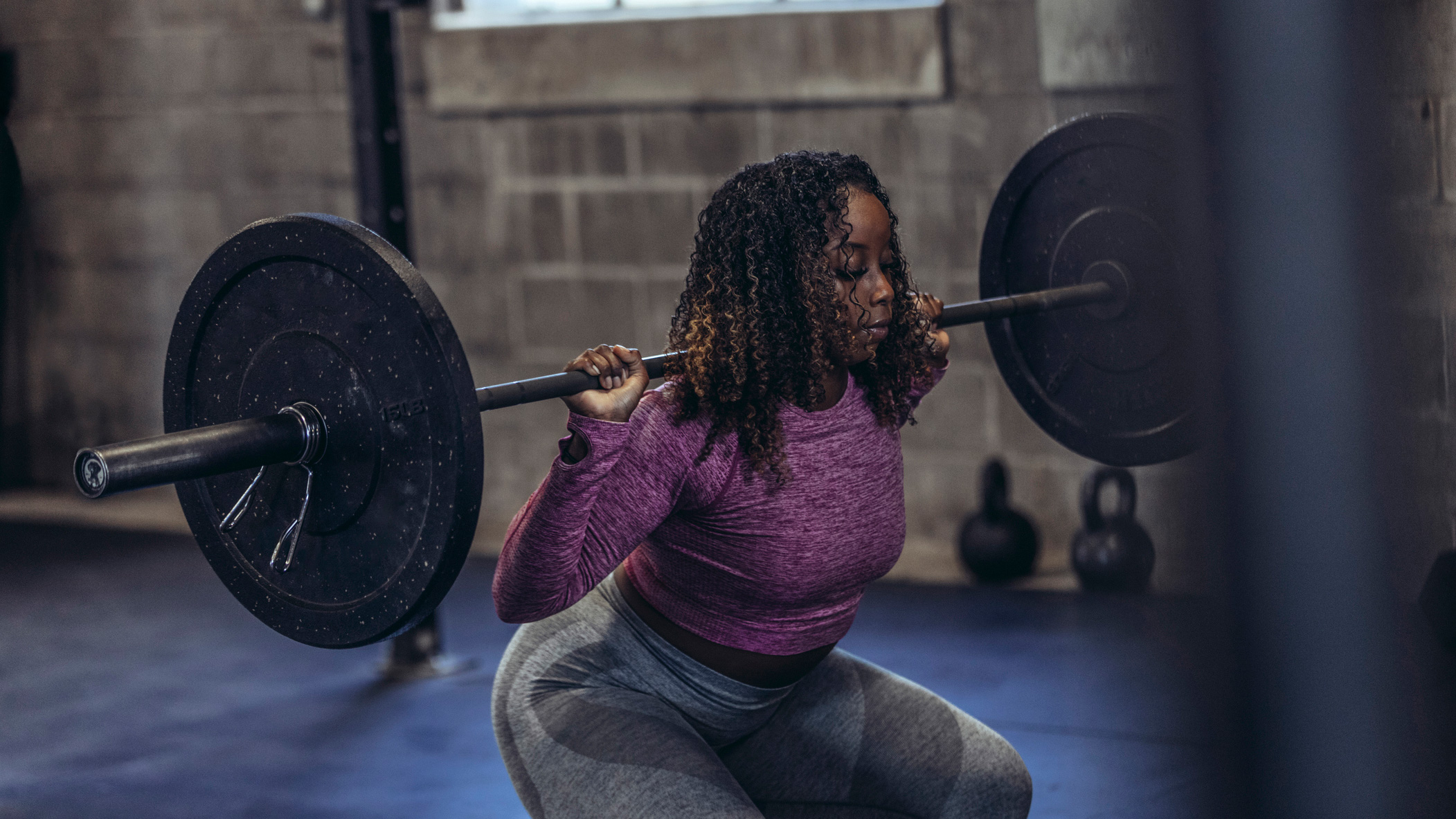Is cross training good for weight loss? How to change up your exercise for big results
Do you need to mix running with weights and HIIT? We discover if cross training is good for weight loss

Is cross training good for weight loss? At this time of year you’re probably making a few resolutions to do with overall health and fitness, whether it’s to shed a few excess pounds, run a 10k or improve your lifts in the gym. However, making and sticking to those goals is a whole different ball game – but what if we told you there was a way to make easier?
Regular exercise has a trickle down effect on the rest of your life. Lacing up a pair of the best cross training shoes (and if you don’t have any yet, check out our guide) and mixing up your training habits can actively help you maintain momentum when it comes to workouts, which in turn can aid your weight loss goals.
Brian Sharp, co-owner of Crossfit Central London, explains: “Exercise is known as a keystone activity, meaning when someone participates, it impacts other behaviours such as smoking, drinking and food choice. We have a psychological drive to be consistent, so by adding exercise into someone’s life all the other elements tend to improve without needing specific attention.”
But doing the same activity over and over again can get boring, and might even cause you to skip exercise completely.
“The biggest challenge is to get people to do anything active consistently,” Brian says.
To keep yourself engaged, Brian recommends trying cross training. Let’s take a closer look at what cross training means and how you can switch up your exercise routine to get better results.

What actually is cross training?
Put simply, cross training means building an exercise regimen out of lots of different activities.
Start your week with achievable workout ideas, health tips and wellbeing advice in your inbox.
Cross training comes with a range of different benefits. According to a study by Translational Behavioural Medicine, people who do lots of different types of exercise tend to be more active overall. Another study by Sports Medicine found that cross training makes it easier to stay active for longer as it reduces the risk of overtraining (because you’re not just using the same muscles over and over again) and psychological fatigue (because you’re less likely to get bored).
This might mean adding a few HIIT workouts to your week if you’re bored of just running. They certainly come with a high calorie burn. Or trying some yoga to stretch and destress. In fact, choosing a cross training activity that compliments your running goals will make you a better runner overall.
Or if lifting weights is starting to feel dull, don’t forget that hiking counts as great cardio and will also strengthen your legs. According to a study by the BMJ, doing both aerobic exercise and strength training regularly will help you live longer.

Does cross training help you lose weight?
Cross training helps you exercise more consistently, which will definitely help you reach your weight loss goals. But doing different types of exercise actually prevents those pesky weight loss plateaus too.
“Making working harder fun and adding in varied functional movements (including strength training) keeps the exercise relatively inefficient so you burn lots of calories during and after workouts,” Brian explains.
Put simply, this means that your body can’t get too fit for or too efficient at the activity you’re doing. When this happens, your body expends fewer calories doing that activity, and so you might stop losing weight, or lose weight more slowly. Doing lots of different types of exercise or even different sorts of movements stops this from happening.
“Plus, an increase in muscle mass helps you use more calories even when you’re not training,” Brian says. He finds short, intense, varied workouts, like CrossFit WODs, lead to high levels of consistency. This all leads to greater fat loss, and tends to impact other behaviours like nutrition, drinking and smoking too.
Getting started with Cross Training
CrossFit is one great way to start making the most of cross training science to lose weight and get fitter, Brian explains.
“CrossFit uses the friendly, competitive vibe in the class to get people to want to work harder and push themselves. And using functional movement means you’re moving in the way you’ve evolved to do, so it’s great for beginners.”
“An added bonus is that it’ll help you push the car, shovel snow or throw the kids around. And including regular strength training increases muscle mass which impacts resting metabolic rate.”
Don't want to do CrossFit? Cross training simply means adding something different to your routine. If you’re a runner, adding some variation in terms of tempo and distance counts as cross training, and you’ll surprise both your mind and muscles out of any rut. One of our best exercise machines to lose weight could really change your routine for the better. Or you could try a new type of exercise class like dance or boxing - both are high intensity and great for burning calories.
Lucy is a freelance writer with a background in marketing and journalism. Over lockdown, she kept fit by climbing lots of Welsh mountains and finding the coldest lakes for wild swimming. Now she’s trying to get back into martial arts and always needs to do more yoga.